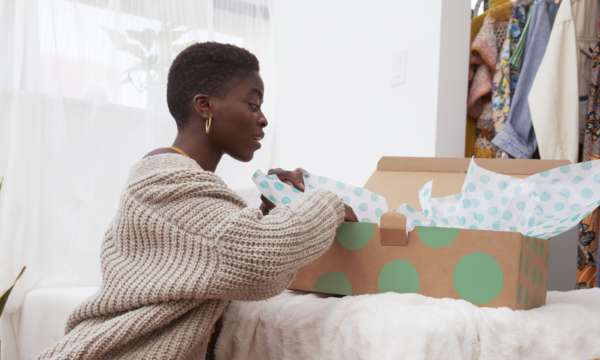Multiple benefits across the board
By definition, the design of long lasting furniture delivered via a circular business model will create advantages and benefits to business, customers, and society more broadly.
The main benefit of FAAS is the reduced need for virgin materials, which directly correlates to less energy use, reducing carbon emissions and other environmental impacts related to material extraction and processing. As an indication of potential material savings, Ahrend sold 150,000 desk chairs in 2018, which in total comprises 2.400 tonnes of material. During a 30 year period, including periodic upgrades of wheels, control mechanisms, textiles, and other components, the potential material savings from keeping such a chair in use, compared to the manufacture, use and disposal of three ‘standard’ desk chairs, could total more than 4.000 tonnes.
In terms of business benefits, FAAS means Ahrend can have a closer relationship with customers and there is potential for greater profits. If the desk or chair can be maintained in use for more than about 5 - 6 years, from that point on, the revenue per item is increased compared to a straight sale. Also as Ahrend maintains ownership of the furniture, many of the recovered components and materials can be used to make the next chair, thus reducing future manufacturing costs and fulfilling Walter Stahel’s famous observation that: “the products of today are the materials of tomorrow at yesterday’s prices”.
Finally, Ahrend customers can benefit through greatly reduced office set-up costs, as well as an increased ability to stay lean and agile, particularly advantageous if in the startup phase or in a fast-moving industry. For larger business customers, leasing rather than owning furniture reduces the level of asset-management required within its operations. If they have left over furniture in one facility, Ahrend can match it with demand in another facility. In general, the FAAS model gives clients more flexibility around planning cycles which are usually 5-8 years (for example, due to changing work force and new ways of working), while furniture easily lasts longer. This flexibility allows FAAS customers to have an up-to-date interior design that fits the needs of the brand and the employees, avoiding the need for storage or production of waste as situations change.
All of this suggests that circular economy thinking is the bright choice for an office furniture industry that can work in the long term.











